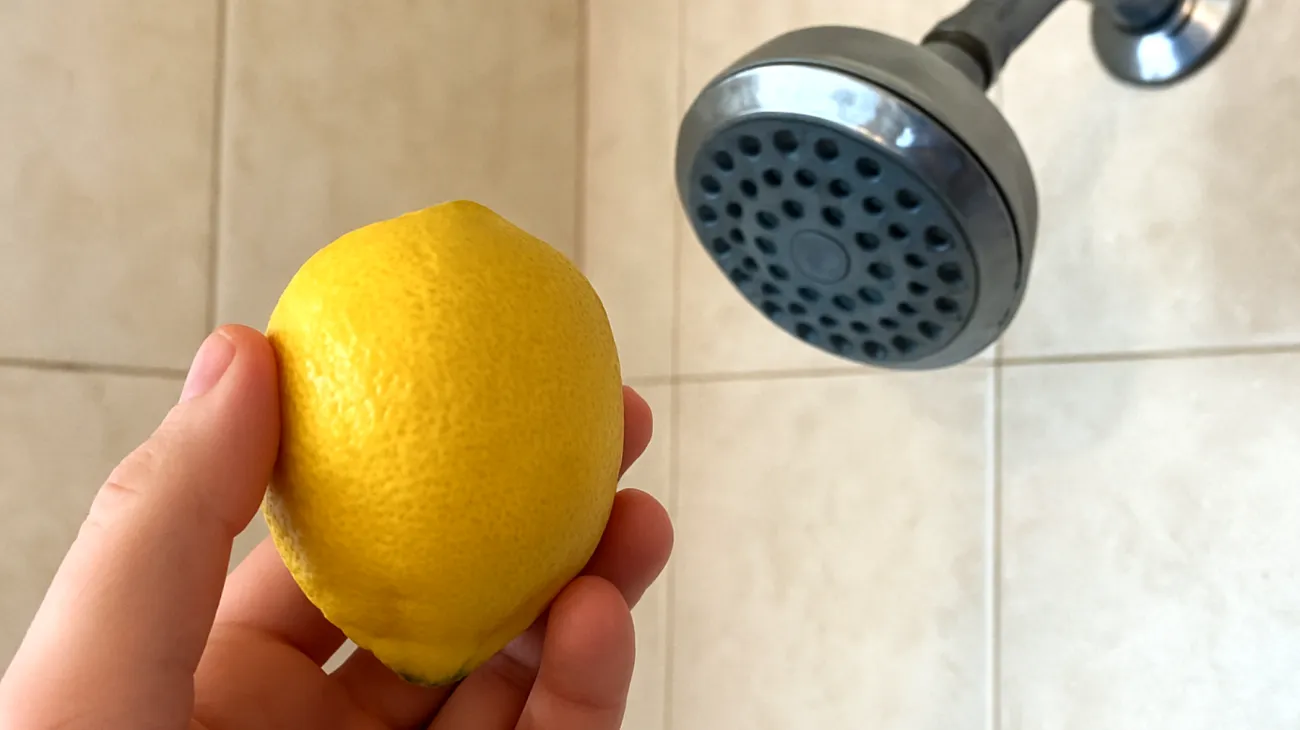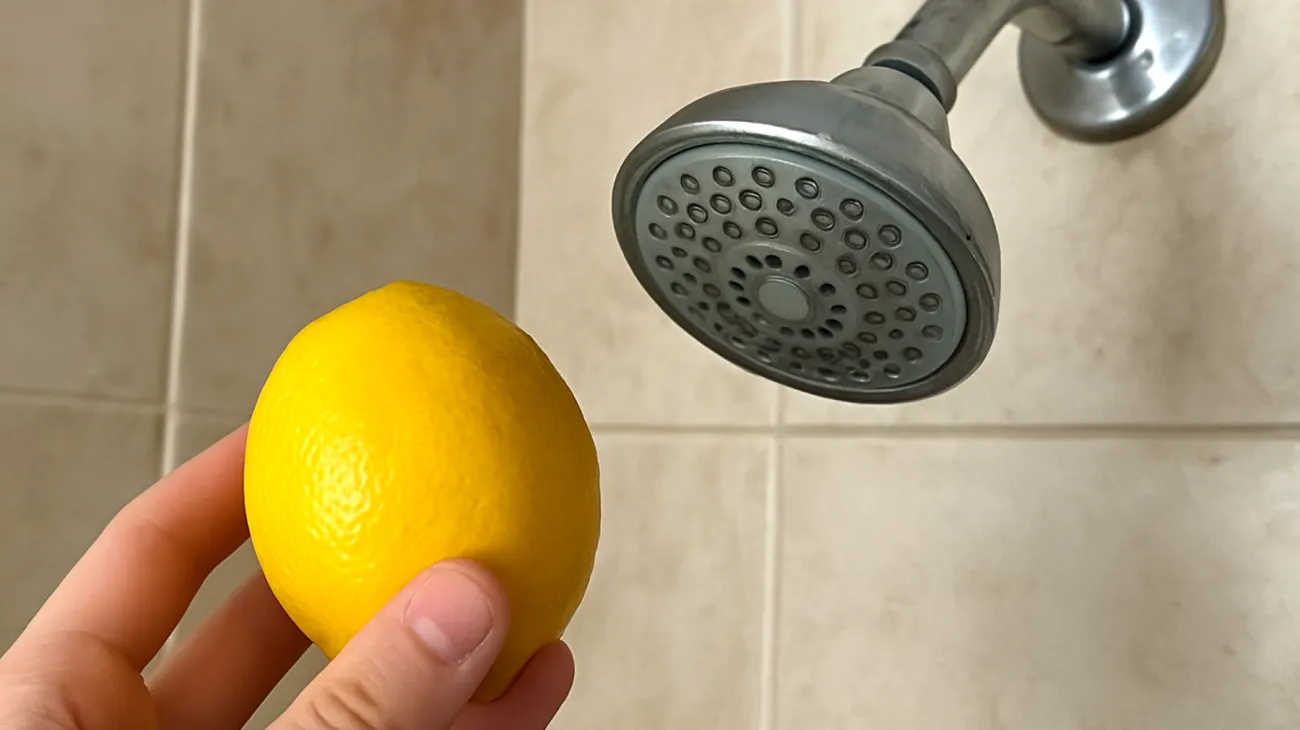Low Water Pressure in the Shower: How to Restore Flow by Cleaning the Showerhead
Low water pressure in the shower is one of those household issues that sneaks up on you. At first, you might dismiss it as a temporary glitch or blame the city water supply. But weeks pass, and suddenly you’re struggling to rinse shampoo from your hair while standing under what feels more like a tired garden sprinkler than a proper shower.
Here’s the good news: that frustrating trickle often stems from a surprisingly simple problem you can fix yourself in about twenty minutes. Mineral deposits and limescale build up inside your showerhead over time, gradually choking water flow until pressure becomes noticeably weak. No plumber required—just some basic household items and a little know-how.
The weak stream makes everything take longer, wastes water, and transforms what should be refreshing into tedious. This isn’t just about convenience either. Poor pressure affects water temperature consistency and can actually increase your utility bills as you spend more time under running water trying to get clean.
Why Your Showerhead Becomes a Bottleneck
Most tap water contains dissolved minerals like calcium and magnesium. While perfectly safe to drink, these minerals love to crystallize and stick to surfaces when water heats up and flows through narrow spaces—exactly what happens in your showerhead every time you shower.
These mineral deposits, known as scaling, form crusty white buildup around nozzles and inside the internal channels of your fixture. Even small amounts of this accumulation can dramatically reduce water pressure because the physics are working against you. When mineral deposits narrow the passages water flows through, pressure drops significantly according to basic fluid dynamics principles.
The process accelerates with heat, which explains why showerheads clog faster than cold water faucets. Areas with hard water see this happen within months, while regions with softer water might not notice problems for over a year. Eventually, you’ll experience uneven spray patterns, whistling sounds, temperature mixing issues, and that all-too-familiar weak flow that drives you crazy every morning.
The Science Behind Effective Cleaning
Understanding what you’re dealing with helps you clean more effectively. Those white deposits are primarily calcium carbonate and magnesium carbonate—compounds that formed when heated water released carbon dioxide and left minerals behind. You’re not just scrubbing dirt; you’re reversing a chemical process.
This is why simple scrubbing rarely works well. You need to dissolve these mineral compounds, and that requires the right chemistry. White vinegar contains acetic acid, which reacts with calcium and magnesium deposits to form soluble compounds that rinse away easily. It’s gentle enough not to damage fixture materials while being strong enough to tackle even stubborn buildup.
How to Properly Clean Your Showerhead
Most modern showerheads come apart easily, but mineral buildup can make them stubborn. Start by turning the water supply off if you’re not confident about the shutoff valves. Remove the showerhead by turning counterclockwise—if it’s stuck, use pliers wrapped in a towel to protect the finish.
Once removed, look for a small mesh screen where the head connects to the pipe. This sediment filter catches particles and often harbors significant buildup. Remove it carefully with tweezers, being gentle with the fine mesh material.
Create your cleaning solution using one-third cup of distilled white vinegar mixed with two-thirds cup of hot water. This concentration provides enough acetic acid to dissolve deposits without being harsh enough to damage rubber seals or plastic components. Submerge the entire showerhead in this solution for at least one hour—overnight for heavy buildup.
You’ll likely notice bubbling or fizzing as the acid reacts with mineral deposits. This is exactly what you want to see. The chemical reaction is breaking down the crystallized minerals that have been restricting your water flow.

After soaking, use an old toothbrush to gently scrub around and inside the nozzles. Many modern showerheads have silicone nozzles that you can massage with your fingers to dislodge internal debris. Avoid using pins or needles, which can damage the precisely engineered openings designed to create proper spray patterns.
Rinse thoroughly under hot running water, then reinstall the showerhead. Apply fresh plumber’s tape to the threads if needed for a watertight seal. Run the shower for thirty to sixty seconds to flush out any remaining loosened particles.
When Clean Doesn’t Equal Fixed
If pressure remains low after thorough cleaning, other culprits might be involved. Flow restrictors—those plastic inserts mandated for water conservation—can become clogged or over-restrictive when scaling accumulates behind them. Many can be temporarily removed for cleaning, though local codes may require reinstallation.
Flexible shower hoses present another common problem area. Mineral buildup inside these hoses restricts flow significantly, and you can often diagnose this by gently bending the hose and listening for crunching sounds from internal deposits. The narrow internal diameter makes these hoses particularly susceptible to blockage.
In older homes, the issue might be systemic pipe scaling affecting multiple outlets, pressure regulator problems, or issues with mixing valves and diverters. These scenarios typically require more extensive investigation or professional attention.
Preventive Maintenance That Actually Works
Once you’ve restored good pressure, keeping it doesn’t require constant deep cleaning. Cleaning your shower head doesn’t need to be a quarterly event if you adopt some simple preventive habits.
The frequency depends on your local water conditions. Hard water areas benefit from monthly attention, while softer water regions might only need cleaning every few months. Here are some practical strategies that make a real difference:
- Tap excess water out of the showerhead after each use to prevent mineral concentration as water evaporates
- Use a weekly spray of fifty-fifty vinegar and water solution, letting it sit briefly before rinsing
- Consider installing a shower filter in areas with very hard water to protect internal components
- Choose showerheads with silicone nozzles when replacing, as they’re easier to maintain and clean
Why Cleaning Beats Replacing
The temptation to simply buy a new showerhead every couple years is understandable, but it’s rarely necessary and definitely not sustainable. Quality fixtures last five to ten years with proper care, and cleaning gives you control over the performance characteristics you’ve grown accustomed to.
Manufacturing and shipping new fixtures carries environmental costs that add up across millions of households. A quality replacement can cost fifty to several hundred dollars, while effective cleaning materials cost under five dollars and handle multiple maintenance sessions.
More importantly, cleaning optimizes a device you interact with daily. Proper maintenance means better comfort, improved hygiene, and increased efficiency. When your showerhead works correctly, you actually use less total water because effective rinsing takes less time.
The satisfaction of solving a persistent problem with basic chemistry and mechanical understanding connects you to fundamental principles that govern much of our built environment. In a world of increasingly complex technology, there’s something deeply rewarding about understanding and fixing a problem with such accessible, practical methods.
Restoring proper water pressure transforms your daily routine from frustrating to refreshing. The physics are simple—remove the obstructions and water flows freely. The method is straightforward—dissolve mineral deposits with mild acid and mechanical cleaning. The results speak for themselves every time you step into a properly functioning shower with strong, even pressure and consistent temperature.
Table of Contents

